Akudama Drive was an unpredictable, exciting and, in the end, emotionally moving anime: the kind of story that gets exponentially better with each episode, to the point where even half-way through, you realise that what you’re watching is becoming quite special. It begins in such a chaotic way too, all blood and thunder, “a storm in a teacup”, I thought, only for the Akudama Drive ending to literally nail my heart to the wall. I didn’t expect to care so much about Swindler, Courier, Brother and Sister, but here we are, and now it’s time to explain why this is such a great series!
The brutal and beautiful fight scenes
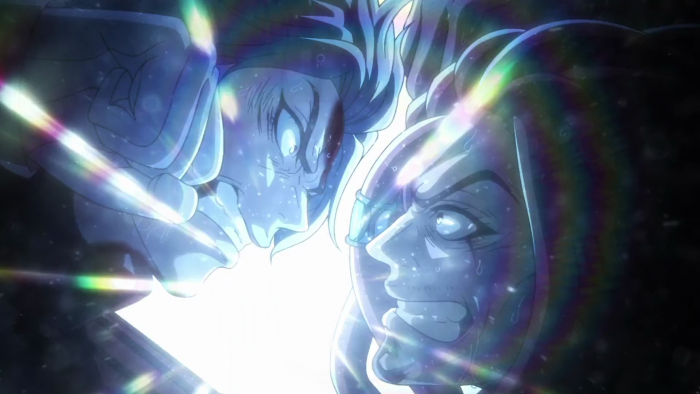
One thing that’s clear from episode 1 onwards is that Akudama Drive has an unusually confident visual panache, where as much love has been laboured in crafting such deep cinematic environments as compared to the much more familiar (but no less satisfying) craft of animating people punching each other.
Just like in Cowboy Bebop‘s classic Pierrot Le Fou episode, Brawler and Executioner go all out at an abandoned theme park in the middle of night, chasing each other over the twisting rails of roller coasters and old bridges.
There’s so many little touches here to confirm Akudama Drive‘s quality, like how there’s a thunder storm going on at the same time: as the rain drops, it’s like each tiny droplet has a life of its own, adding only more weight to each painful hit, whilst at another point, a bolt of lightning strikes and powers up a ghostly ferris wheel in the background.
It smacks of effort, the kind that TV anime can’t usually manage, and it’s a rare thing indeed. It’s this ability to craft scenes full of personality that really elevates Akudama Drive for me.
Atmospheric is an overused word, but yeah, I lost myself in the detail.
Unhinged: Cutthroat and Akudama Drive‘s weird empathy for psychopaths

Cutthroat isn’t exactly a typical protagonist, is he? None of the Akudama are, but Cutthroat’s probably the most egregious: an insane serial killer with a clearly unhealthy fascination with Swindler that eventually explodes into mountains of dead bodies and a swirling, intoxicating lust for blood… So yeah, not exactly typical!
In any other story, Cutthroat would be presented as evil by default and so far beyond redemption, yet for more than half of Akudama Drive, he’s fighting on the side that we assume represents justice… but let’s be clear, he’s downright unhinged!
I can’t recall another anime that been so willing to build its story around such a morally dubious set of characters, but it adds a fascinating and refreshing side to what could be an otherwise very rote authority-is-bad narrative: neither side is clean and both do despicable things, but that only makes for a more compelling watch. It forces individuals on both sides to consider their positions and decide for themselves what’s right from wrong, rather than being told. That’s the way it should be I think, as it reflects a more realistic position on modern life and the kind of dilemma we all have to wrestle with. Each of us can do bad and good things. Which is to say, Cutthroat chose to kill all of those people, and if nothing else, I respect his dedication to the cause (and for making Akudama Drive that much more interesting!)
Smiling at the end: Swindler’s death

Akudama Drive isn’t afraid of killing off its characters, is it? All of the Akudama go out in rather spectacular ways, but it’s especially poignant when Swindler and Courier finally take their turns. I’ve seen it said that all of the Akudama die with smiles on their faces, but Swindler’s death is the most bedevilling, given that she’s really the heart of this story and her callous execution is a seismic moment that profoundly signals that this is a world on the brink of total ruin.
She is the touch paper that ignites a revolution, and in doing so, truly becomes the Akudama Swindler (and finally gets her own cool intro-sequence too!) but behind her smile is the self-confidence of a person that’s finally found a purpose in her life and seems content even with a lightsaber(!) stabbed through her heart: it’s the face of a person that’s won. You can’t ignore the Christ-like symbolism of her being pinned to a cross-shaped slab of blood-splattered concrete either, and it doesn’t half look cool; just like everything else in Akudama Drive, everything, even death, is a beautifully rendered moving image.
Good and bad are a matter of perception? Explaining the Akudama Drive ending
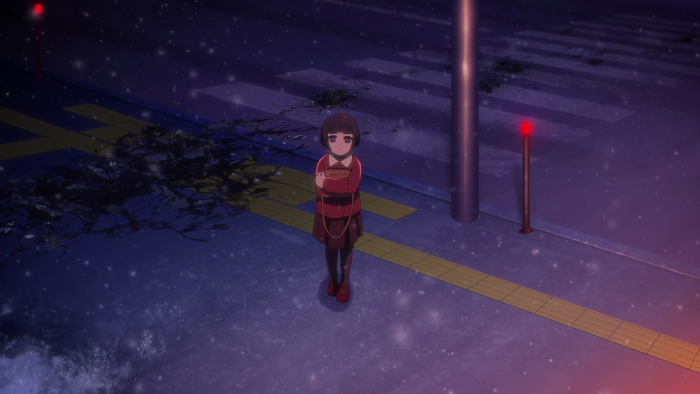
Akudama Drive isn’t interested in binaries: neither side, not Executioners nor Akudama, come out of this with a moral victory. Straight from the off, it’s at pains to point out that the Akudama are not good people, but it’s also made abundantly clear that they live in a heavily oppressed society, where the government have not a jot of care for the notion of collateral damage or due process; if you are so judged as a criminal, you die! By the Akudama Drive ending, it’s quite clear that the Executioners are themselves like wolves in a sheep’s clothing, Akudama in all but name: their eyes, especially when it comes to Swindler’s execution, flash like predators in the night, hunting their prey.
Now, of course, on the other side is the psychopathic Cutthroat and Doctor, so this is what I’m saying about binaries, ultimately there are individuals on both sides that have good intentions but it’s left to them to realise that they are living in a messed up world. Swindler and Courier come to this realisation, and right at the end, in the act of restraining a helpless little girl hellbent on avenging her dead parents, Pupil seems to realise this as well. Even the Police Chief turns a gun on himself because he knew all along that the Executioners were out of control, but was too cowardly to do anything about it:
The only thing necessary for the triumph of evil is for good men to do nothing.
Edmund Burke
The way the Akudama Drive ending renders these chaotic, climatic scenes is amazing, by the way – it really feels like we’re watching the end of the world unfold, a deeply unsettling apocalyptic feeling with visions of a city being sacked.
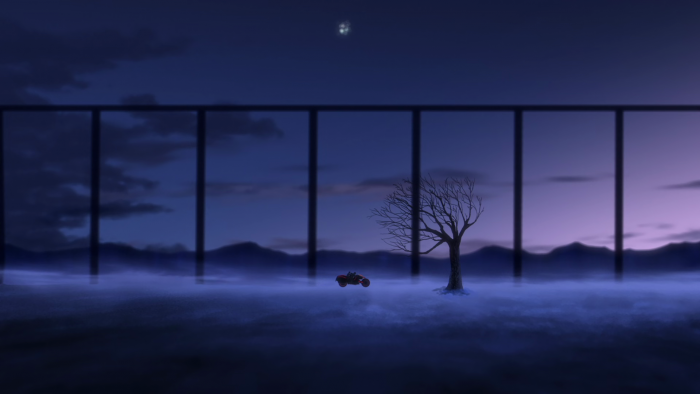
And it doesn’t let up as Courier rides out into the city’s outskirts, the silent desolation of his landscape; that leave-less tree, the broken moon shining in the twilight and being hounded by those clearly pilotless flying machines, the sense of hopelessness seeps right in. I was rooting for Brother and Sister to make it to the mountains too, but it was a bitter-sweet feeling, because so much had been sacrificed to carry them there.
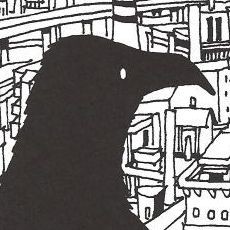
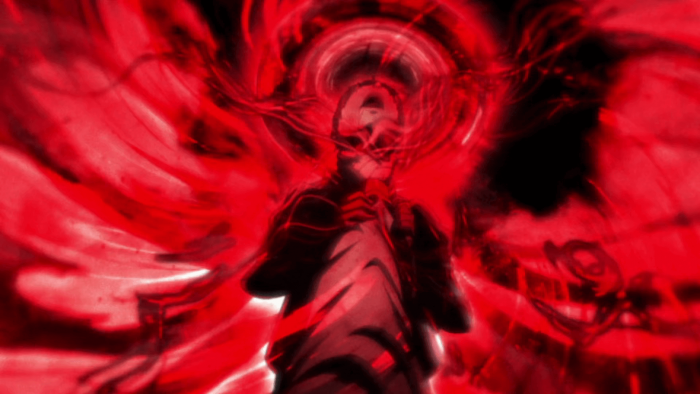
Leave a Reply